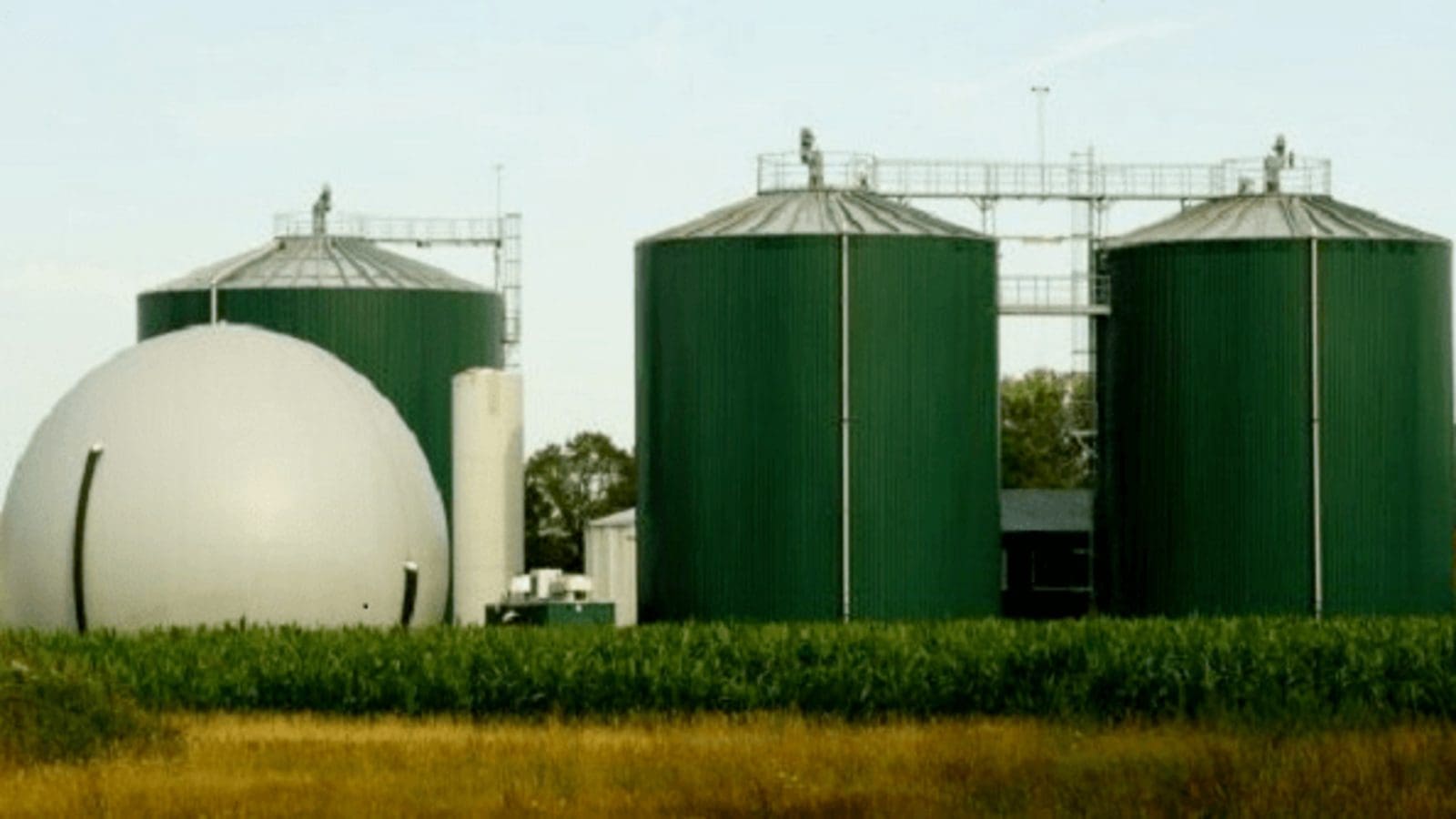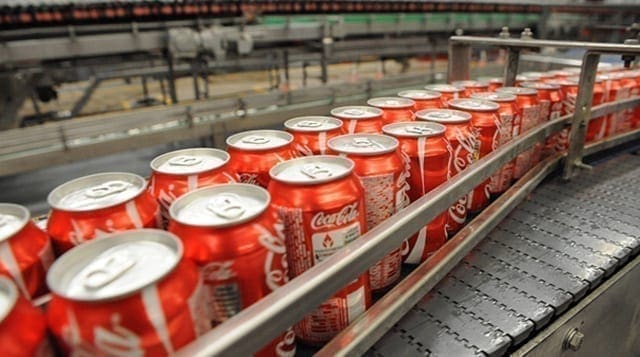INDIA – A New compressed biogas plant with a capacity of 12,000 raw biogas (about 4.8-ton CBG) is to be set up at Haibowal Dairy Complex in Ludhiana, India, that can be used to replace compressed natural gas (CNG).
According to Indian Express, the Co-president of the Punjab state in India and minister for new and renewable energy sources, Aman Arora, said that Punjab Energy Development Agency has initiated the process to establish an additional compressed biogas plant (CBG).
Punjab’s Aam Admi Party’s (AAP) government is planning to install the CBG plant at Haibowal Dairy Complex in Ludhiana for scientific disposal of the waste produced from the dairy complex, Arora said.
At the moment, one CBG plant, with a capacity to consume 225 tons of raw material, is already operational at the dairy complex.
The current project is a part of the Buddah Nullah Rejuvenation Project, added the minister, and emphasized the Punjab government would leave no stone unturned to generate environmentally-friendly fuel from waste, with concerted efforts being made in this direction.
Under this project, cattle dung would be collected from the dairy complex, but in case of any shortfall of cattle dung, vegetable or mandi waste, municipal segregated green waste, agro-waste, or other types of biodegradable waste, will be used.
In April, AAP commissioned a plant with a total capacity of 33.23-tonne CBG per day at village Bhuttal Kalan (Sangrur), which was being supplied to the Indian Oil Corporation Ltd. (IOCL) outlet.
These projects, according to Punjab Energy Development Agency (PEDA), are part of a wide 42 additional CBG projects with a total capacity of 492.58 tons per day (TPD) based on paddy straw and other agro-residue to develop a lasting and sustainable solution to prevent stubble-burning problem while also strengthening the rural economy.
Mr. Arora said that these projects were expected to fetch private investment of around ₹1,200 crores, besides generating employment opportunities for 8,000 skilled and unskilled persons.
With these projects, emission of Green House gases will also be reduced and the rural economy will get a boost by providing additional income to farmers from the agro residue,” he added.
Irrespective of technology, producing CBG from biomass involves a two-pronged approach. First, biogas is produced through the anaerobic decomposition of biomass.
Since biogas contains 55 to 60 percent methane, 40 to 45 percent carbon dioxide (CO2), and trace amounts of hydrogen sulfide, the second process involves purifying the gas to remove carbon dioxide and hydrogen sulfide gases to prepare CBG.
Thus chemically, CBG is the same as CNG— both are compressed methane — and have the same calorific value.
The difference is that while CNG is a by-product of petroleum, CBG can be produced from any biomass, be it crop residue, cattle dung, sugarcane press mud, municipal wet waste, or effluents from a sewage treatment plant.
Liked this article? Subscribe to Food Business Africa News, our regular email newsletters with the latest news insights from Africa and the World’s food and agro-industry. SUBSCRIBE HERE.











